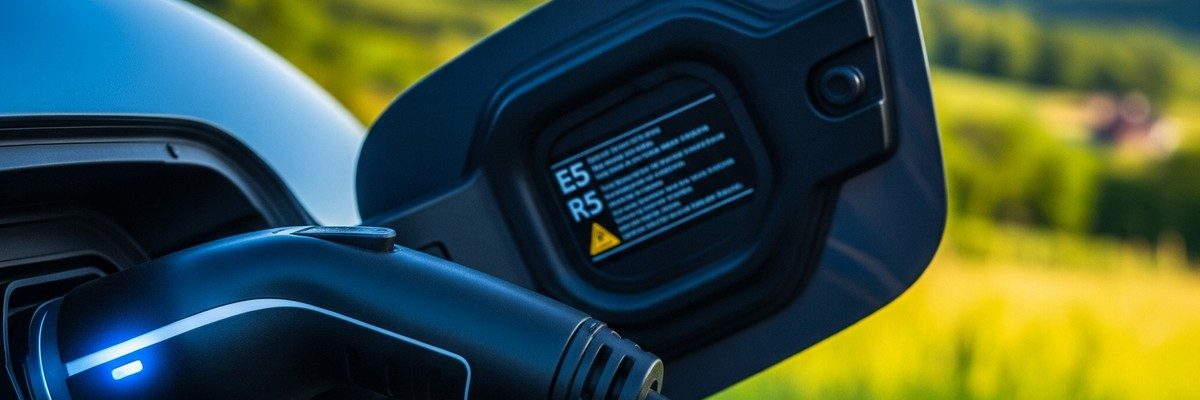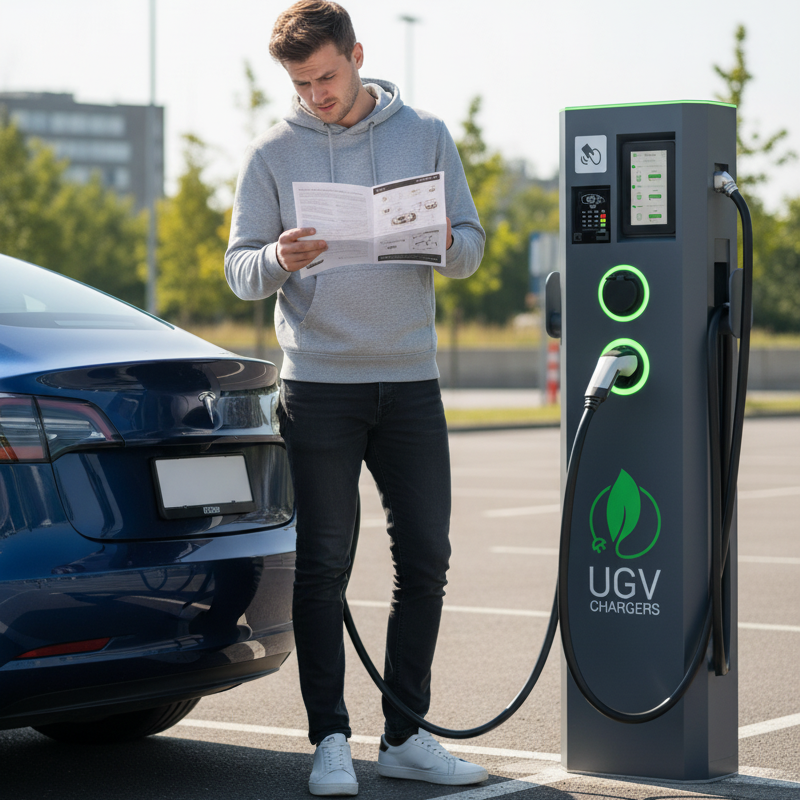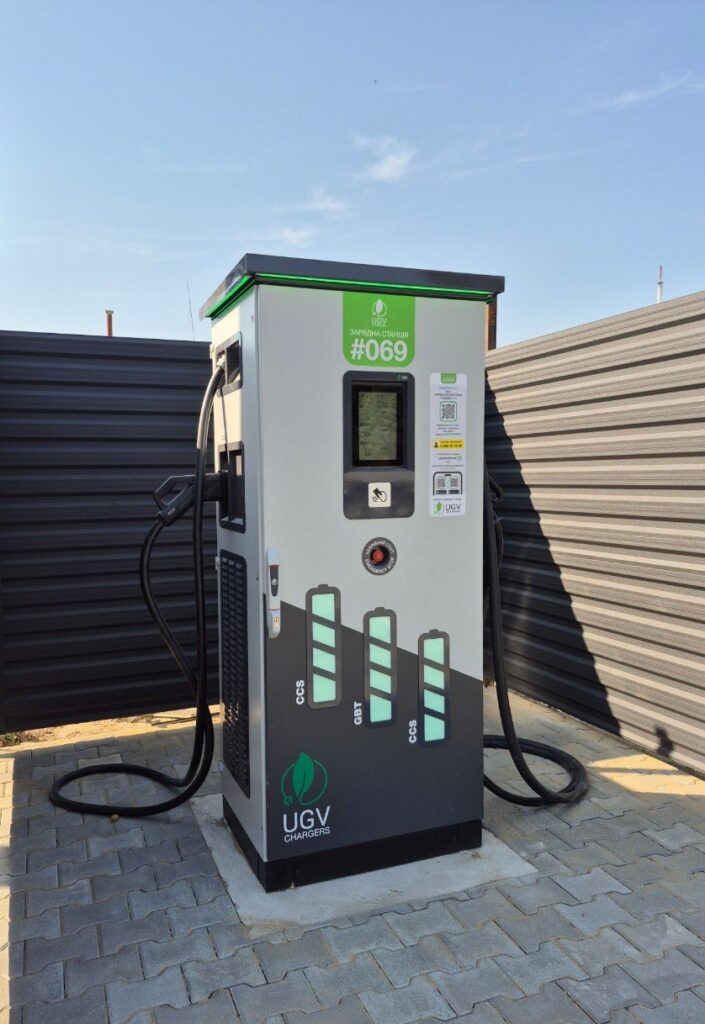
How to Protect Your EV Battery During Summer Heat
Summer is a beautiful time for driving, but it also presents unique challenges for electric vehicle (EV) owners. High temperatures can affect the health, performance, and lifespan of your EV battery and reduce your overall range. To make sure your electric car stays efficient and reliable throughout the hottest months, we’ve compiled a complete guide to summer EV maintenance.
From using air conditioning wisely to parking in shade and optimizing charging sessions, these practical tips will help you protect your EV battery and ensure a comfortable, cost-efficient summer driving experience.
Why Heat Matters: Lithium Battery Sensitivity
Most EVs today use lithium-ion batteries, which are sensitive to extreme temperatures. During heatwaves or long periods of high ambient temperatures, EV batteries may:
degrade faster
temporarily reduce usable capacity
limit charging speed to avoid overheating
activate thermal protection systems, which may lower performance
Although many EVs feature advanced thermal management systems, these systems themselves consume energy and can affect range if overused.
Charge During Cooler Times of Day
Whenever possible, schedule your charging sessions during early morning or late evening. Charging a hot battery can cause thermal stress, slower charging, or system limitations.
UGV Chargers stations—available across various locations—are designed to deliver stable and safe AC or DC power, with smart load management that works effectively even during hot days.
Park in Shade or Covered Areas
Sunlight dramatically increases cabin and battery temperatures. Try to park:
under trees or covered parking lots
in underground garages if available
in shaded areas near buildings
Additionally, you can use windshield sunshades or pre-cool your cabin while still connected to the charger to avoid excessive use of A/C when you start driving.
Use Air Conditioning Smartly
Running the air conditioning at full power can drain your battery quickly. Follow these energy-saving practices:
use ECO mode if your car offers it
pre-cool the car while it’s still plugged in
avoid blasting cold air on full power as soon as you start
enable recirculation mode to reduce outside heat exchange
Modern EVs often include the option to schedule cooling in advance using the mobile app.
Maximize Regenerative Braking
Regenerative braking allows your EV to recover energy during deceleration. In summer, when driving in urban traffic or downhill, regeneration is especially effective.
Adjust the intensity of regeneration in your vehicle settings and observe how it impacts your consumption and battery temperature.
This not only improves range but also reduces heat buildup in braking systems and drivetrain components.
Monitor Battery Status via App or Display
Most EVs allow you to monitor real-time battery temperature, state of charge (SoC), and energy consumption. Use your car’s interface or mobile app to:
monitor thermal warnings
check energy usage patterns
identify consumption spikes due to heat or A/C
Plan longer trips by choosing charging stops in advance—ideally with UGV Chargers AC or DC stations, offering 11 to 240 kW charging power.
Summer Driving Starts With Smart Care
High temperatures don’t have to be a threat to your electric vehicle—if you treat your battery right.
Smart charging habits, efficient use of air conditioning, and shade-conscious parking can significantly improve your battery’s performance, keep your car comfortable, and extend battery lifespan.
Your EV battery remembers how you treat it—and in summer, it matters more than ever.



